Innovating Army Aviation Aircraft Marshalling
Introduction
The Australian Army is undergoing a significant transformation in its training methodologies, driven by a suite of strategic initiatives aimed at enhancing operational readiness through digital innovation. Central to this evolution is the 2024 Defence Digital Strategy and Roadmap, which outlines a comprehensive approach to delivering mission-capable Information and Communication Technology (ICT) systems. This strategy emphasises the development of a secure, integrated, and scalable digital environment, enabling the Army to effectively operate in the digital age.
Complementing this, the Robotics and Autonomous Systems Strategy and Land Domain Training System focus on integrating transformative digital technologies and building a workforce equipped to carry out mission preparation in complex environments. This strategy underscores the importance of rapid decision-making and the efficient use of data to maintain a competitive edge.
In alignment with these strategic directions, we are proud to introduce our Aircraft Marshalling Virtual Reality (AMVR). This innovative product leverages immersive technology to provide a repeatable, measurable, and realistic marshalling experience. By simulating high-tempo aviation environments, the system enhances soldier readiness, ensuring safety and precision in operations. This VR training tool exemplifies the Army's commitment to embracing digital transformation, delivering flexible and scalable training solutions that prepare soldiers for the demands of modern warfare.
The Training Problem and Solution
What’s the training problem? Teaching marshalling is challenging due to lack of realism in practice before going into the live environment. Failure to perform in the live environment can be costly on instructor and Training Centre resources.
What’s the proposed solution? Aircraft Marshalling Virtual Reality (AMVR) is intended as a Training Enhancement to produce an environment more conducive to learning. This approach allows for more practice opportunities, guided or free play learning, as well as being suited for the instructor or student-led class.
What’s the potential win for Army? Trainees can go out and do their job with more confidence in their skillset and more instruction available at the point of need for refresher training. Training is at time and place of choosing. This reduces risk in the workplace.
The Traditional Training Model: Challenges and Limitations
Aircraft Marshalling has traditionally looked like trainees learning the aircraft signals from a PowerPoint slide or graphic. The students, under instructor guidance, would then practice the techniques. Usually, a lucky trainee would volunteer to become the helicopter (necessity is the mother of invention) while another practiced signals. There have also been simulation options available for this type of training previously, but they have involved a requirement for a contracted workforce and were not easily driven by a joystick (or available to trainees to play with).
Following the practice phase, what would happen during the practical assessment phase is the trainee would be taken out to an airfield to perform a series of highly choreographed marshalling techniques in front of a real helicopter. This was the job-standard ‘live’ component of the course and was the first time many trainees were exposed to the physical environment. To reduce risk, instructors would stand behind the trainee shouting in the trainees’ ears as they attempt to tell a helicopter how to move. As one can imagine, results can vary based on weather conditions, trainee nervousness, individual practice time and more.
Virtual Reality: What this approach provides
With a VR-based system, there is a level of repetition and practice that was less engaging before. With this system, the trainees can internalise the correct movements and be confident that they can react to the situation in front of them with the correct marshalling techniques. Additionally, the trainees are allowed to drive the system themselves as the helicopter operator for additional practice and team-teaching opportunities.
The benefit to this training is that when a trainee finally goes in front of an aircraft to practice their learned skills, it becomes less about remembering the moves and more about applying the skills; they’re just getting used to the sounds, sights and senses of the live environment instead.
Enhancing Training Effectiveness and Safety
VR training enhances safety and skill development. In live training, aircraft marshalling is highly controlled as there is a live helicopter, and instructors (necessarily) have little tolerance for deviation from a prescribed script. The trainee’s learning can take a backseat to managing risk. For example, how often do you think we practice a ‘fire’ signal on a live aircraft?
VR widens the aperture of what is achievable in the training context. It can bring skill building to the forefront of training – as it should be.
VR Limitations
It’s clear that Aircraft Marshalling can only take training to a certain point. There is no ability to replicate the wind hitting one’s face, nor the screaming of an engine nor the shouts of an instructor. These visceral experiences can only be achieved in the live environment – which is exactly why they still form the basis of the summative assessment. This is the advantage of building VR products in lock step with the SMEs; they know where to draw the line to help guide the development process.
It is also worth noting previous failures in VR development for the sake of transparency. Previously, this product was intended to be an entirely autonomous system without the need for a human operator to work the movements of the helicopter. The problem encountered was that humans simply come in too many shapes and sizes and the results were too inconsistent for effective training, so the human-operator was required to ensure training success. Development mistakes do happen and should be acknowledged when they do – it’s part of the risk of innovation.
The Future of VR Aircraft Marshalling
AMVR is such a widely applicable skill in the aviation context. Army Aviation is looking for opportunities to collaborate across the Defence Force going forward. Air Force and Navy may have a use-case of their own and we would like to share what we have built here.
Conclusion
Army Aviation Training Centre (AAvnTC) has made significant advances into using XR to enhance, augment and/or replace the legacy training system. Aircraft Marshalling has matured to a state where it now a regular feature of marshalling training and assessment and is no longer simply a curiosity.
If you have any desire to see some of this technology in action or keen to see some of the results of our testing, please contact the Training System Integration section at AAvnTC on aavntc.tsi@resources.defence.gov.au.
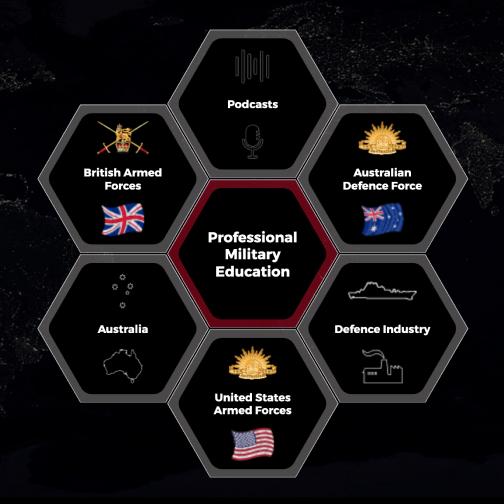


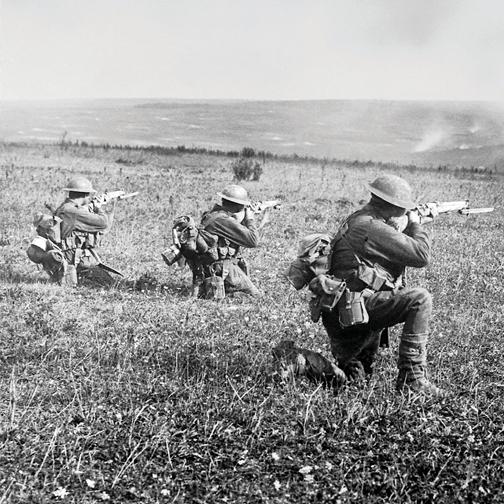

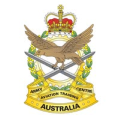
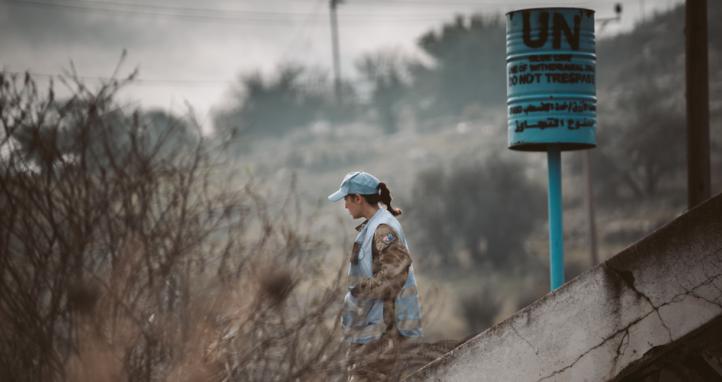
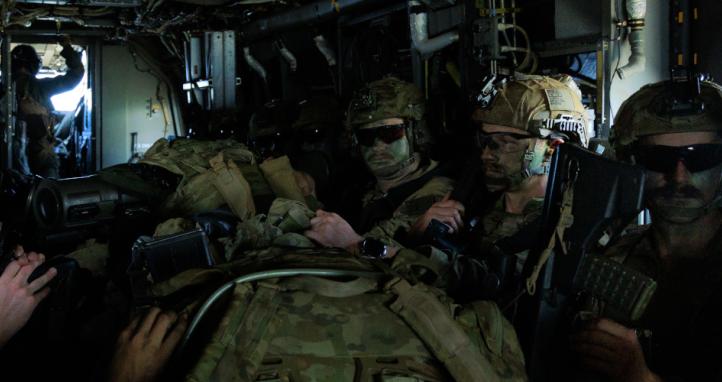

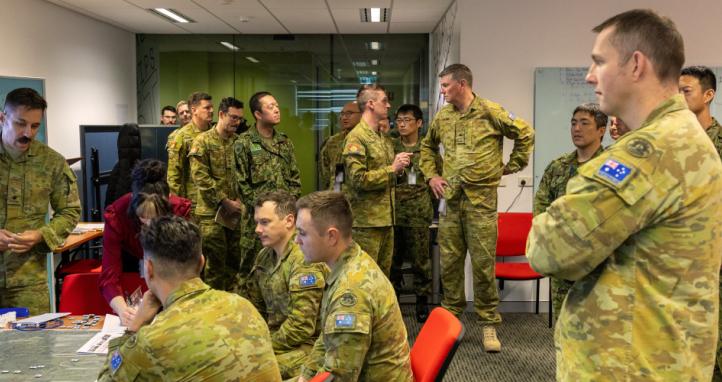
I would challenge anyone that says that trying to LEARN in an environment such as with a helicopter in hover and an instructor literally having to yell in your ear to instruct is more beneficial.
It is always good to see a good dose of common sense being used here, the live flight is used as the assessment and there are actual people interpreting the trainees movements as it would be in the chopper, for all we know that's the actual pilot interpreting their directions in the sim centre there.
If the instructor to student comms around live aircraft is one of the biggest problems to be solved, then perhaps look at throat microphones, they're low cost and been in use for decades.
The proposal of the end state being a "zero ground time environment" where the trainee's first real marshalling event is in the live environment is a recipe for disaster; the speaker mentions himself that the training is missing the key and confronting parts of marshalling: environmental factors, noise, dust, and sound. These things could never truly be replicated with glorified computer games, and should not be used to assess our soldiers as ready for such high risk tasks.
CAPT Dutton hints at this as well with his statement: "The final assessment standard remains live (for now)."
You raise some important points and your feedback is welcomed. Particularly regarding the physical and environmental aspects that you raise - I agree that synthetic training can never replicate those in instances like this - and it shouldn't.
That's part of the reason we utilise the Subject Matter Experts (Instructors) when developing these products. For this product, the synthetic training is primarily a vessel for the learning - not the assessment. The final assessment standard remains live (for now) - i.e. the students pass the course when have demonstrated the skill in a context that would replicate the real world environment - marhsalling a real aircraft.
The benefit of synthetic training is that when they do go out to interact with a live aircraft for the first time, they're more prepared and have moved beyond the initial fear factor - ready to execute the skill. It also provides a resource benefit to the capability which allows reinvestment into other areas that may need attention in training.
Please reach out if you'd like to hear more about it.
I’d encourage you to revisit my earlier comment for context on "zero ground time environment"
The use the VR and XR is rapidly advancing and I think the shortfalls mentioned in other comments may not longer be relevant with some great sovereign innovators such as Operator XR, BlueRoom Simulations, and Radiant Jelly. Fantastic to see AAvnTC develop this use case in house. Thank you to the team for sharing.